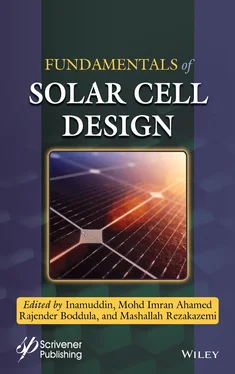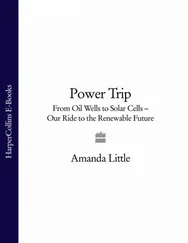Contiguously fused five rings as central core moiety linked with thiophene spacer either side and further attached with electron withdrawing indenone group (IEIC and IEICO) small molecules were synthesized by Huifeng Yao et al. ( Figure 1.7) as low band gap acceptor materials [4]. Light absorption for IEIC and IEICO extended in to NIR (near infrared) region 600 to 900 nm and the optical band gap determined to be 1.5 eV for IEIC and 1.34 eV for IEICO. The optical band gap difference between that of IEIC and IEICO was attributed to the “alkoxy group” present in IEICO. Device configuration developed after optimization was: ITO/PEDOT: PSS/PBDTTT-E-T:IEICO or IEIC/PFN-Br/Al. Polymer PEDOT:PSS and PFN-Br were used as anode and cathode interface layers. Morphology of the casted film was studied by AFM and TEM to get further insight of the device fabricated. The measured PV parameters were PCE for IEICO is 8.4 %; Voc = 0.82 V; and Jsc = 17.7 mA. Furthermore, the PCE was improved to 10.7% via tandem device fabrication. The loss energy was estimated to be 0.5 eV. PV parameters for IEIC were found to be inferior compared to IEICO. Authors claimed that the design leading to low band gap energy level of 1.34 eV, by introducing alkoxy group at suitable place of the small molecule helped to give higher efficiency.
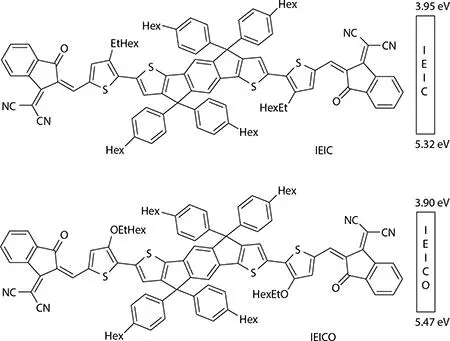
Figure 1.7 Fused ring linked with thiophene-dicyanoindenone.
Huifeng Yao et al. synthesized linearly fused five rings core flanked by thiophene attached electron withdrawing end groups having efficient ICT, leading to an ultralow band gap acceptor material, IEICO-4F ( Figure 1.8) [5]. The IEICO-4F optical band gap was found to be 1.24 eV, charge mobility calculated was 1.14 × 10 −4cm 2V −1s −1and the absorption of thin solid film extended in to NIR region with λ maxof ~900 nm. PBDTTT-EFT (PTB-7-Th) and J52 ( Figure 1.8) were employed as polymer donors for device fabrication based on their favorable absorption properties and also with suitable energy levels. Fabricated device parameters were: Voc = 0.739 V; Jsc = 22.8 mA; FF = 59.4%; and PCE = 10.0% using polymer donor PBDTTT-EFT (PTB-7-Th), J52 polymer donor exhibited a little smaller values compared to PBDTTT-EFT. It was advocated that ultralow band gap materials definitely have a role to play to improve the solar cell efficiencies.
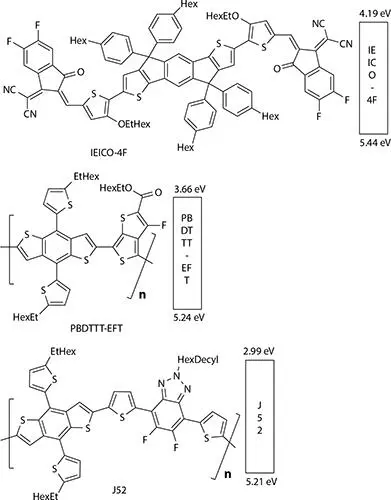
Figure 1.8 Fused ring coupled with fluorodicyanoindenone.
Huifeng Yao et al. came up with novel small molecules, ITCC and ITIC as non-fullerene acceptor materials for organic solar cells to determine PC efficiency ( Figure 1.9) [6]. Linearly fused seven rings acted as donor, which was flanked on both sides with acceptors (thienyl fused indanone end groups) and it was designated as ADA type architecture. Thin films were subjected to GIWAXS investigations to understand whether there existed π-π stacking to some extent and facilitated charge mobility in a better way than ITIC (which was reported earlier). Further, it indicated the role of thieno indanone and the superior design. Device architecture formulated was: ITO/PEDOT-PSS/ITCC or ITIC + PBDB-T/PFN-Br/Al. Solar cell PV parameters determined were: Voc = 1.01 V; Jsc = 15.9 mA; FF = 71%; PCE = 11.4% for ITCC and for ITIC: Voc = 0.93; Jsc = 17.0 mA; FF = 67%; PCE = 10.6%. Authors claim that investigations have high relevance, because of 11.4% PCE noted in non-fullerene solar cell device. The results are of promising nature and suggest that one can improve the PCE to higher levels with these non-fullerene–based solar cells.
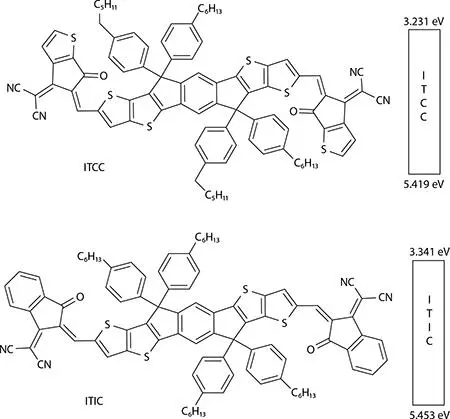
Figure 1.9 Fused seven membered ring - thienodicyanoindenones.
Yunlong Ma et al. synthesized two novel ladder type low band gap small molecules as non-fullerene acceptors for solar cell fabrication ( Figure 1.10) [7]. Both the molecules, DTNIC6 and DTNIC8, were of ladder type because of linearly fused six rings and the two molecules differ in their alkyl groups attached. Both the molecules have strong absorption in 500- to 720-nm region. Film morphology was analyzed using hole and electron mobilities, AFM, TEM, and GIWACS information. PBDB-T polymer as donar and synthesized small molecules as acceptors were used in fabricating solar cell with device architecture as: ITO/TiO2:TOPD/PBDB-T:DTNIC8 or DTNIC6/MoO3/Ag. PV parameters generated were: for DTNIC6: Voc = 0.96 V; Jsc = 7.71 mA; FF = 45.6%; PCE = 3.39%; for DTNIC8: Voc = 0.96 V; Jsc = 12.92 mA; FF = 72.84%; PCE = 9.03%. DTNIC8 (which carried ethylhexyl alkyl chain) exhibited a high photo conversion efficiency compared to DTNIC6 which differed in alkyl chain structure from DTNIC8. The alkyl chain did not influence energy levels and light absorption properties, but exerted sizable effect on the solar cell efficiency. The alkyl chain group effect was believed to have control over film morphology.
Yuze Lin et al. employed ( Figure 1.11) medium band gap polymer donor—FTAZ (BG = 2.41 eV) with a non-fullerene low band gap acceptor—IDIC (BG = 1.6 eV) to make solar cells and to understand photo current efficiency [8]. FTAZ and IDIC have complementary absorption to cover 450- to 800-nm region and relatively have high electron and hole mobilities and well-matched energy levels. Single junction solar cell fabrication structure was: ITO/ZnO/FTAZ:IDIC/MoO x /Ag. Solar cell parameters observed were: Voc = 0.840 V; Jsc = 20.8 mA; FF = 71.8%; and PCE = 12.5%, Diiodooctane was used to tune the film morphology in these fabrications. The 12.5% PCE determined for non-fullerene solar cell was very high compared to FTAZ-PCBM blend, which showed only ~6%. Femtosecond transient absorption studies on the casted films indicated the formation of radical cation and radical anion (charged species) and their mobilities. Authors inferred that FTAZ-PCBM combination film provided only ~40% generation of charged species compared to non-fullerene FTAZ-IDIC film combination. Authors claim that non-fullerene blends have superiority over fullerene blends in achieving higher PCE values.

Figure 1.10 Fused six membered ring with dicyanoindenones.
Jie Zhang et al . prepared a small low band gap acceptor molecule-IFTIC ( Figure 1.12) for evaluating its solar cell efficiency [9]. IFTIC carried fused bifluorene attached on both sides with thiophene as electron donating central core, with either side holding indenone moiety as electron acceptor. IFTIC showed absorption covering 450 to 700 nm and had suitable energy levels like 5.42 eV HOMO and 3.85 eV LUMO. PTB7-Th polymer was used as donor in these investigations for luminescence quenching (with IFTIC) and as donor material. AFM and TEM techniques were used for monitoring morphology of the casted film. Fabricated device parameters were: Voc = 0.92 V; Jsc = 12.71 mA; FF = 54%; PCE = 6.33%. Authors claim that non-fullerene materials with relatively simple device structure and simple method of preparation of materials make this work attractive.
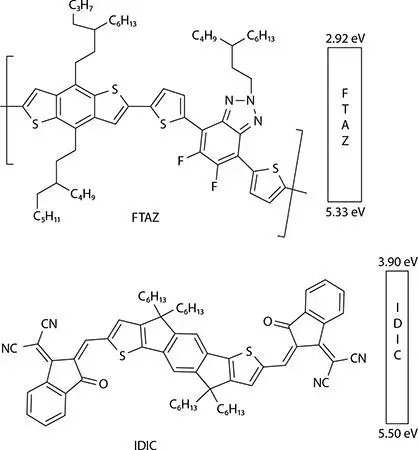
Figure 1.11 Fused five membered ring with dicyanoindenone.
Читать дальше
